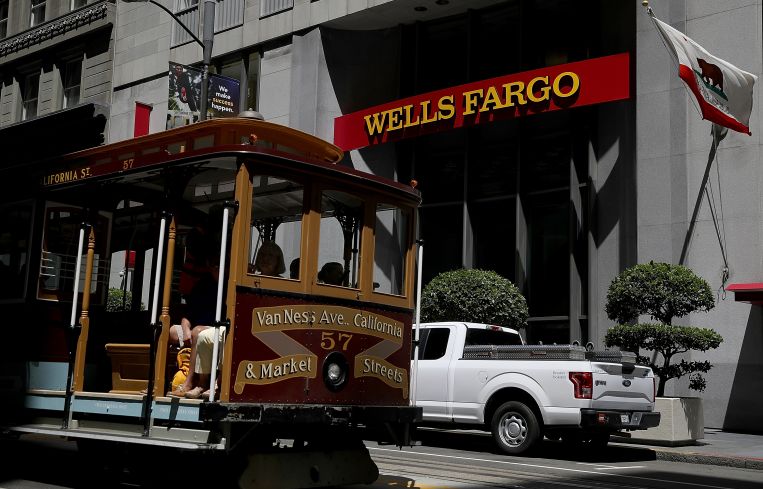Citing Customer Abuses, Regulator Orders Wells Fargo Not to Grow
By Matt Grossman February 5, 2018 4:34 pm
reprints
Wells Fargo, America’s largest originator of commercial real estate loans, was shackled into unprecedented regulatory handcuffs on Friday, when the Federal Reserve condemned the bank’s leadership for allowing a series of sales scandals to fester unchecked.
The measure, submitted to the company’s board of directors on the last day of Janet Yellen‘s tenure as the Fed’s chairwoman, prohibits Wells from growing its balance sheet beyond its size at the end of 2017. The order is indefinite, pending the Fed’s determination that Wells has put its house in order.
The Fed faulted Wells’ board of directors for failing to prevent one of the largest consumer finance scandals in recent memory. Between 2011 and 2015, employees of the bank, struggling to earn steep incentives and to meet unrealistic sales targets, opened more than 2 million unauthorized accounts for unwitting individual clients.
More recently, the bank acknowledged that its auto lending division had forced hundreds of thousands of customers to buy car insurance that they didn’t need.
“It is incumbent upon the board of directors…to oversee an adequate risk management framework for the entire firm,” Michael Gibson, the Fed’s regulatory chief wrote, in a letter to the Wells Fargo board. “As events of the past few years have confirmed, Wells Fargo’s board’s performance of [its] oversight role did not meet our supervisory expectations.”
In the bank’s 2016 annual report—its most recent—Wells Fargo reported $507 billion in outstanding U.S. commercial and industrial real estate loans, including real estate mortgages and real estate construction and lease financing. The bank also won master servicer agreements on more than 60 percent of new commercial mortgage backed securities deals that year.
In addition to the growth prohibition, the Fed’s order demands that the bank submit plans to improve board oversight and regulatory compliance within 60 days, and to undergo a review of its progress by the end of September, 2018.
In a statement, the bank’s CEO, Timothy Sloan, pledged that Wells Fargo will respond proactively to the penalties.
“We take this order seriously and are focused on addressing all of the Federal Reserve’s concerns,” Sloan said. “It is important to note that the consent order is [related]…to prior issues where we have already made significant progress.”
By market close on Monday, Wells’ shares had fallen more than 8.5 percent below their closing price on Friday.
In a conference call with investors that day, the bank said that by curtailing deposits from financial institutions and commercial clients, Wells would still have the bandwidth to write new commercial real estate loans.
“We’re continuing to serve customers, make loans—including commercial real estate loans—and take deposits and will meet the requirements of” the Fed’s order, a Wells Fargo spokeswoman wrote in an email.
Christopher Whalen, the banker and consultant behind Whalen Global Advisors, opined that the Fed deserves some blame itself for fostering the environment that allowed Wells’ scandals to metastasize.
“The Fed has created this problem by letting these banks get so big,” Whalen said, citing the Fed’s giving its blessing to 2008 marriage of Wells Fargo and Wachovia. “It’s all because the Fed is paranoid about the treasury market. If they let primary dealers go down, there would be no one left to sell Uncle Sam’s debt.”
On the other hand, according to the analyst, the order could be a blessing in disguise for Sloan if he uses the growth limit as an excuse to cut bank on less profitable segments.
“Wells is gigantic,” Whalen said. “Telling them they can’t get any bigger, you’re doing them a favor.”
A representative from the Federal Reserve did not immediately respond to a request for comment.


